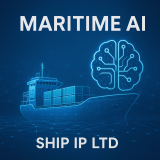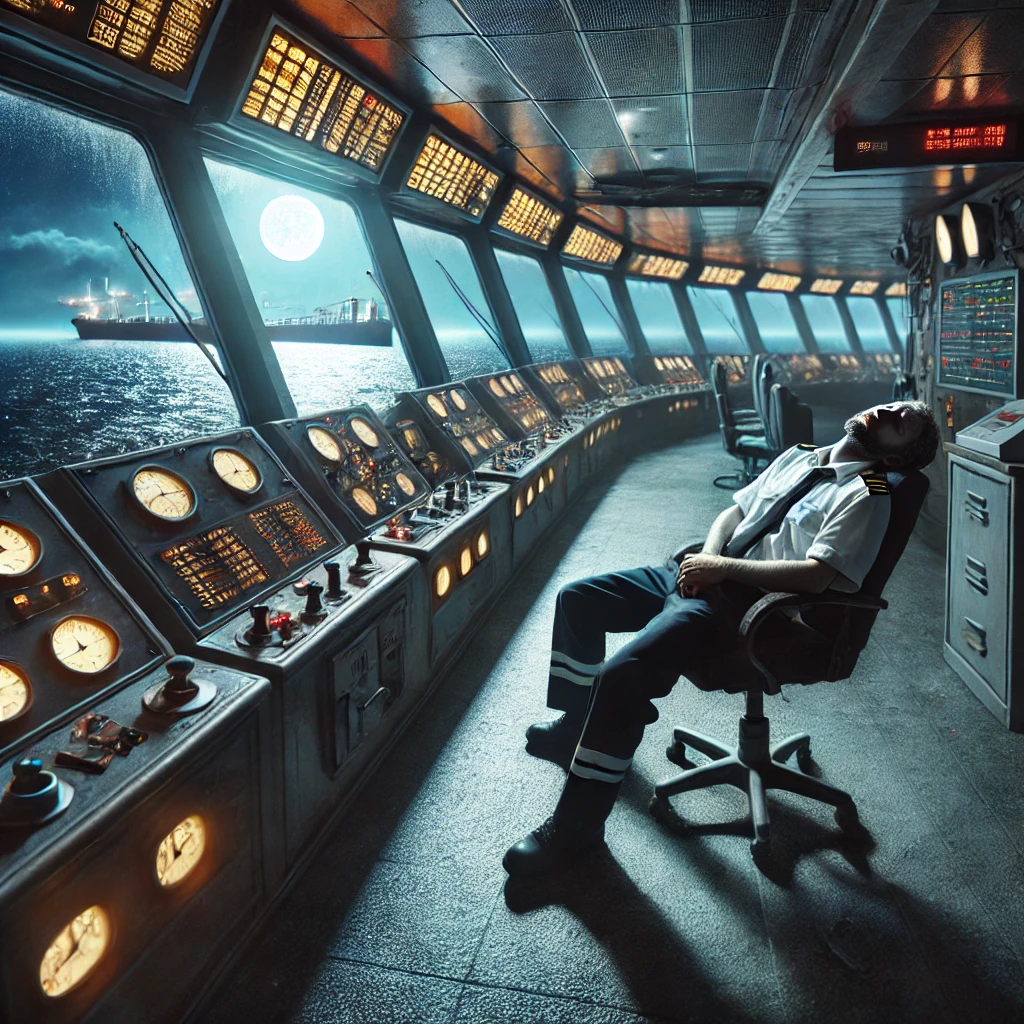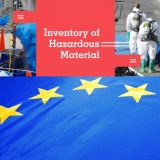Philippos Philis has been appointed as new ECSA President by the General Assembly for a two-year term starting in January with Karin Orsel as new Vice-President. He succeeds Claes Berglund, who served as President since 2020.
“The beginning of the new ECSA Presidency comes at a very challenging time as the global economy is sailing through the uncharted waters of the COVID pandemic. In parallel, the shipping sector has to address environmental challenges such as the climate crisis and actively contribute to a new regulatory regime. We shall, at the same time, work towards achieving stable access to ship financing, EU’s free trade agenda, digitalization, maritime safety. It is essential that new regulations become an opportunity to enhance and not to undermine the competitiveness of our industry. This is why we need a strong voice of ECSA in Brussels” said the new ECSA President, Philippos Philis.
“The challenges that European shipping is facing are unprecedented. The pandemic has shown us the need to stand ready for unforeseen developments. And our shared objectives such as clean shipping, which is closely related to the immediate need to invest in innovation and the transition of shipping require a thorough analysis and a robust response from our industry. Shipping is an international industry and a global level playing field is necessary. At the same time, the industry is ready to be open and constructive and to participate in a dialogue with the EU policy makers” said the new ECSA Vice-President, Karin Orsel.
Source: ecsa





